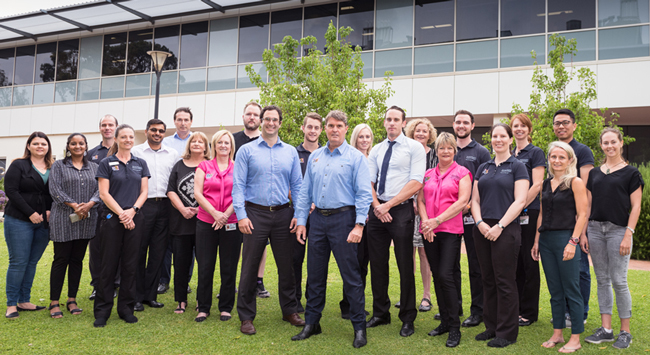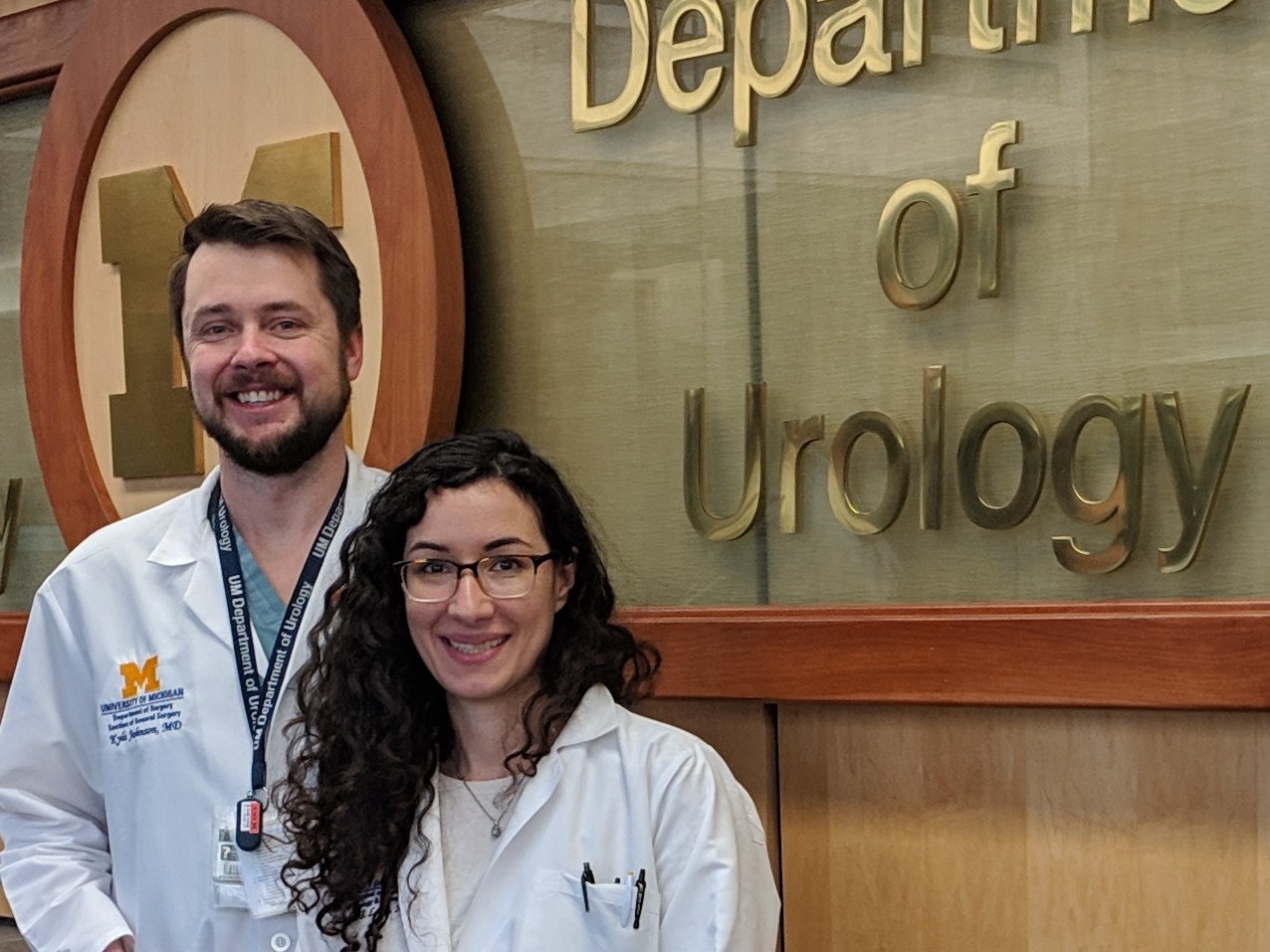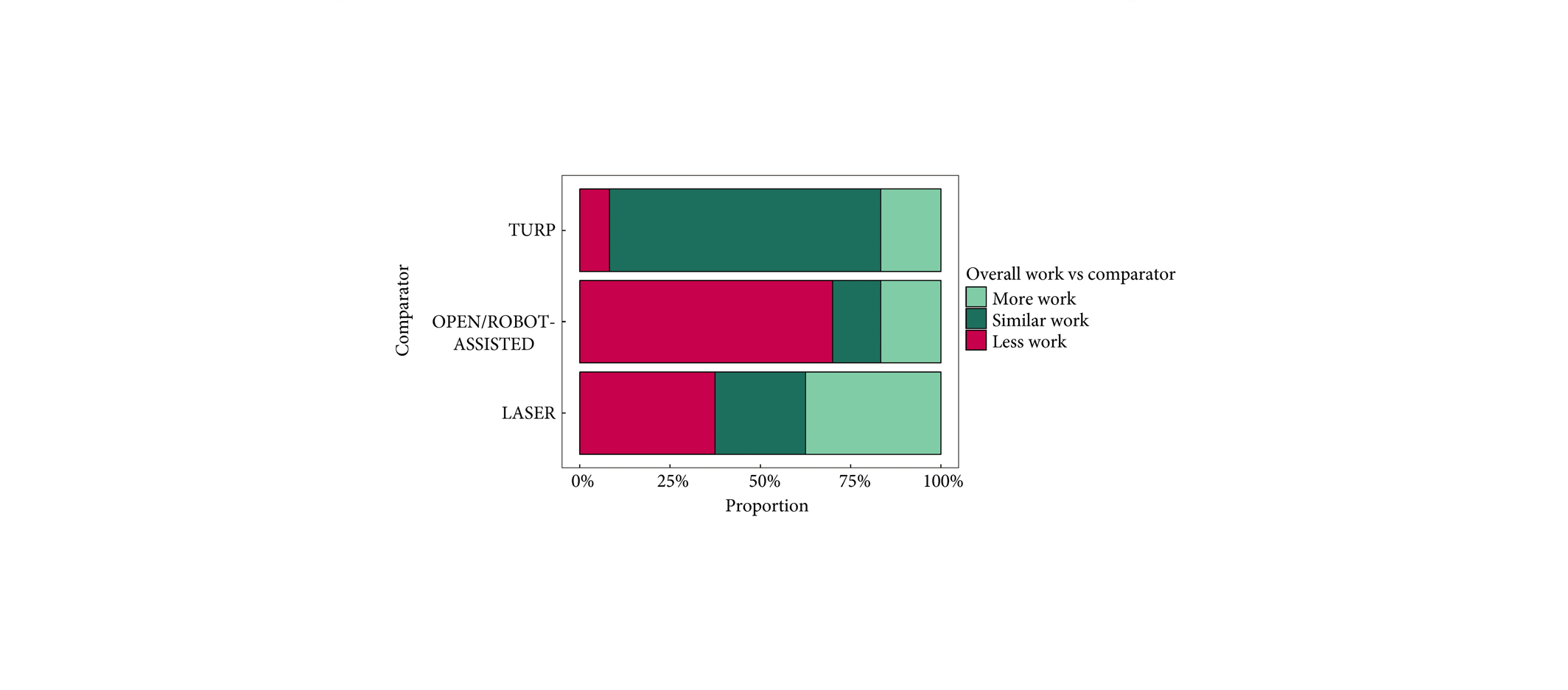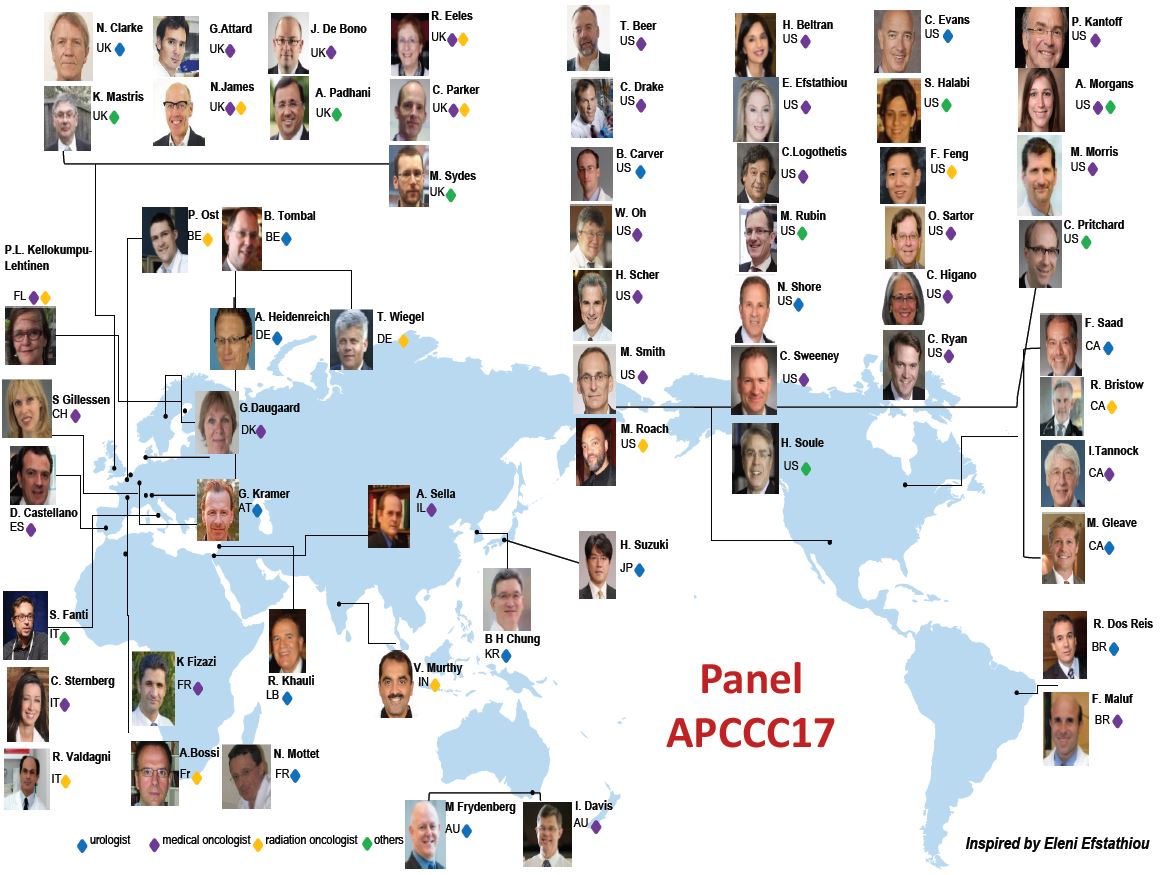Video: Immediate versus delayed exercise in men initiating androgen deprivation
Immediate versus delayed exercise in men initiating androgen deprivation: effects on bone density and soft tissue composition
Abstract
Objectives
To examine whether it is more efficacious to commence exercise medicine in men with prostate cancer at the onset of androgen‐deprivation therapy (ADT) rather than later on during treatment to preserve bone and soft‐tissue composition, as ADT results in adverse effects including: reduced bone mineral density (BMD), loss of muscle mass, and increased fat mass (FM).
Patients and methods
In all, 104 patients with prostate cancer, aged 48–84 years initiating ADT, were randomised to immediate exercise (IMEX, n = 54) or delayed exercise (DEL, n = 50) conditions. The former consisted of 6 months of supervised resistance/aerobic/impact exercise and the latter comprised 6 months of usual care followed by 6 months of the identical exercise programme. Regional and whole body BMD, lean mass (LM), whole body FM and trunk FM, and appendicular skeletal muscle (ASM) were assessed by dual X‐ray absorptiometry, and muscle density by peripheral quantitative computed tomography at baseline, and at 6 and 12 months.
Results
There was a significant time effect (P < 0.001) for whole body, spine and hip BMD with a progressive loss in the IMEX and DEL groups, although lumbar spine BMD was largely preserved in the IMEX group at 6 months compared with the DEL group (−0.4% vs −1.6%). LM, ASM, and muscle density were preserved in the IMEX group at 6 months, declined in the DEL group at 6 months (−1.4% to −2.5%) and then recovered at 12 months after training. FM and trunk FM increased (P < 0.001) over the 12‐month period in the IMEX (7.8% and 4.5%, respectively) and DEL groups (6.5% and 4.3%, respectively).
Conclusions
Commencing exercise at the onset of ADT preserves lumbar spine BMD, muscle mass, and muscle density. To avoid treatment‐related adverse musculoskeletal effects, exercise medicine should be prescribed and commenced at the onset of ADT.










